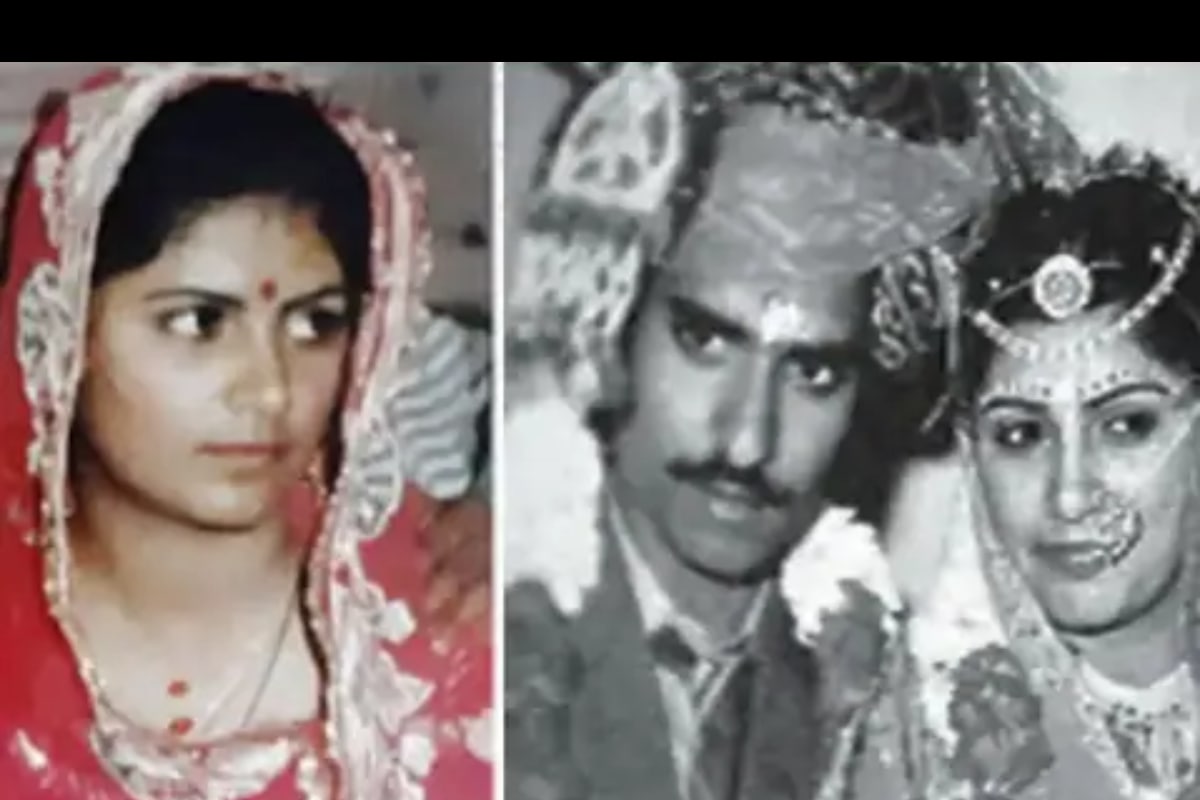Acquitting all accused this week, a Rajasthan court said the police officers who registered the case and the witnesses who appeared during the investigation failed to identify the accused
A Rajasthan court has acquitted all accused who stood trial in the 36-year-old Roop Kanwar “sati glorification” case involving the immolation of an 18-year-old, who burnt herself on the funeral pyre of her husband after his death.
The Sati Nivaran Court of Jaipur Metropolitan II acquitted all the eight accused owing to lack of sufficient evidence on Wednesday.
The court stated in its order that the police had arrested all the accused under Section 5 of the Sati Prevention Act, which prohibits glorification of the Sati tradition. However, the court noted that to substantiate the allegations under this section, it is essential to prove that an incident of Sati occurred. The police, however, failed to mention any specific incident of Sati. Furthermore, the police officers who registered the case and the witnesses who appeared did not identify the accused.
Advocates Amanchain Singh Shekhawat and Sanjit Singh Chauhan, who represented the accused, said that the court has acquitted Mahendra Singh, Shravan Singh, Nihal Singh, Jitendra Singh, Uday Singh, Dashrath Singh, Laxman Singh and Bhanwar Singh in the case.
The “sati glorification” case was registered on September 22, 1988 at the then Thoi police station of Rajasthan’s Sikar district. According to the police, a procession was held from Satsang Bhavan in Deorala village to the Sitaram Ji temple, during which participants chanted slogans in praise of ‘Sati Mata’. They displayed a photo of ‘Sati Mata’ on the truck and were glorifying the practice of Sati, despite the ban on the tradition.
The procession took place a year after the Roop Kanwar Sati incident on September 4, 1987 in which 18-year-old Roop Kanwar burnt herself on the funeral pyre of her husband after his death in Deorala village of Sikar district.
This incident attracted global attention, 158 years after this practice was banned by the British government in December 1829. A total of 32 people were arrested for murder in the name of ‘Sati’. They were all acquitted by the Sikar court in October 1996 due to insufficient evidence.
The outrage led to the enactment of Commission of Sati (Prevention) Act, 1987. This made glorification of the practice a punishable offence. Under Section 5 of this Act, anyone held guilty of glorifying this sati practice may be imprisoned for not less than a year. The jail term may extend to seven years. The accused also has to pay a fine ranging between Rs 5,000 and Rs 30,000.
Days after the Sati incident, on September 16, 1987, the Rajput community had organized an event, called Chunri Mahotsav, on the occasion of the victim Roop Kanwar’s thirteenth day of mourning. Lakhs of people had gathered at the Deorala village for this festival despite the High Court’s ban. The matter was not pressed in court and hence it did not proceed further.

